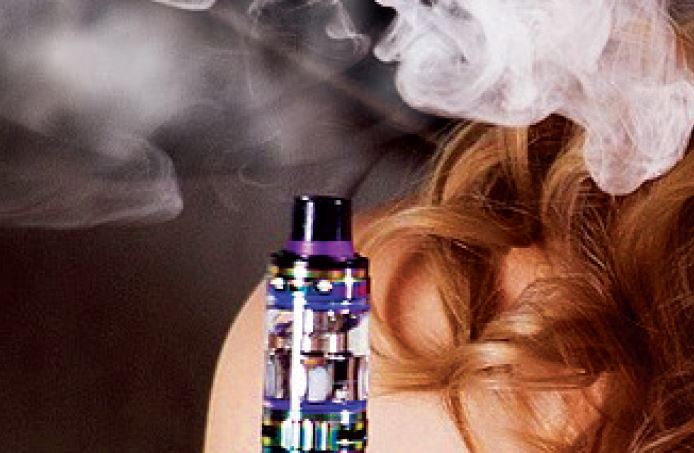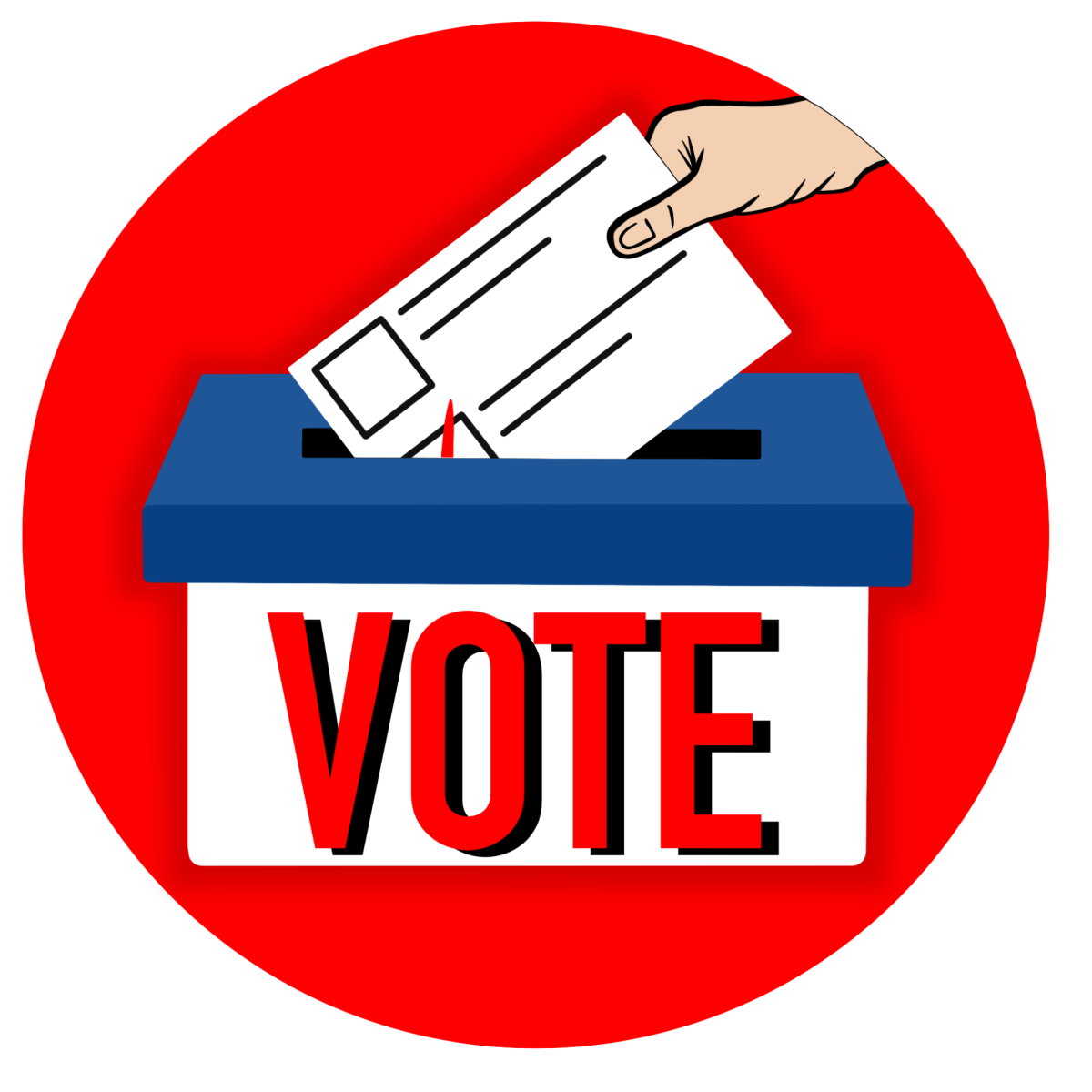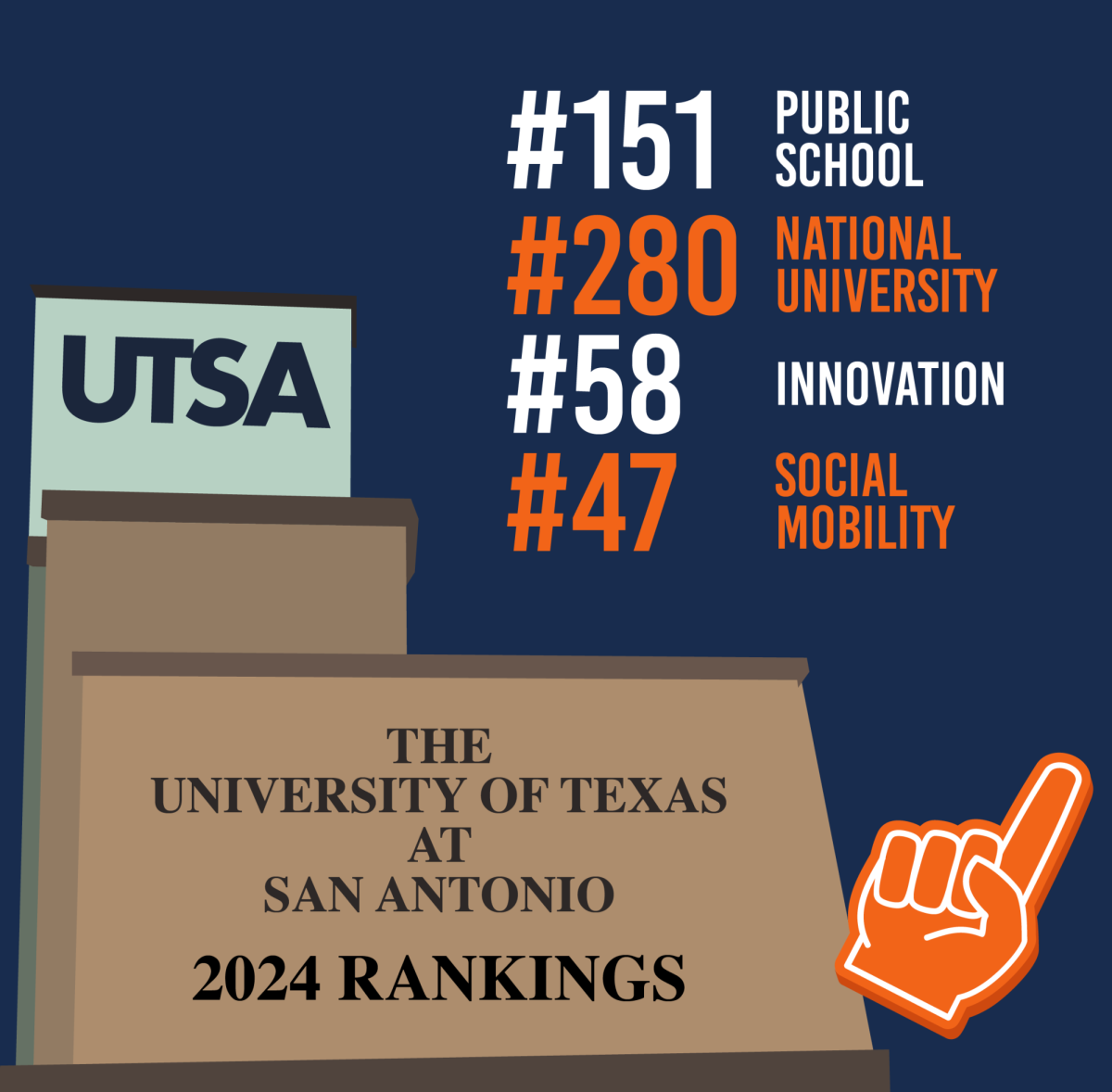In the last 20 years, smoking prevalence among teens and adults has declined. As of 2016, teen smoking has hit a record low of 11 percent, compared to 1997 when teen smoking was at an all-time high of 35 percent according to the National Center for Policy Analysis. According to The Center for Disease Control and Prevention, adult smoking in 1997 was at 24.7 percent compared to today’s estimated 16.8 percent of adults smoking. Smoking was more popular in the ‘90s due to media advertisements, low cigarette prices and smoking celebrities glamorizing smoking.
The ‘90s is often defined by cultural movements. The grunge movement, which influenced the fashion and music scenes of the ‘90s, consisted of teens and young adults supporting bands whose lyrics were full of angst, isolation and rebellion. Smoking within this culture was extremely popular because of the rebellious aspect surrounding it.
Although smoking was far more socially acceptable then, the public was still aware of its dangers. Icons of the generation, such as Kurt Cobain,
Winona Ryder, Johnny Depp and Leonardo DiCaprio, were often pictured with cigarettes, which encouraged smoking to fans who idolized them. Many people who listened to grunge music identified with the somber tone of the music due to depression and anxiety disorders. Big tobacco companies capitalized on people who associated with grunge through targeting those with mental illness; cigarettes were advertised as easy stress relievers. Social smokers also benefitted big tobacco companies, which were still making the influx of money they needed on people who only smoked to fit in. While not as relevant as in the ‘90s, the alternative lifestyle is still prominent among today’s generation. With this crowd, smoking is still popular for the same reasons it was back then.
Smoking before 1990 was widely accepted in public places. As smoking trends grew, the public became aware of the dangers of secondhand smoke. According to The National Academic Press, a congressionally mandated smoking ban was placed on all domestic airline flights under six hours, which began the initiative of raising awareness of secondhand smoke. By 1996, 80 percent of nonstop U.S. flights between domestic and foreign points were declared smoke free. Smoking before the 2000s was common because the public was unaware of the dangers associated with tobacco products. The ‘90s was a transition period for the United States’ health initiatives as the advertising of cigarettes was becoming restricted to decrease smoking rates and increase public health.
In the early 2000s, e-cigarettes (vaporizers) emerged onto the scene to help people quit smoking. Vaping was represented as a safer alternative to smoking, but vaping still gives the consumer their desired dose of nicotine. Vaping allows smokers who are trying to quit still enjoy the sensation of inhaling and the hand-to-mouth action. Many smokers say that half of their addiction is just the action of doing the action.
With the growing popularity of vaporizers, the availability is increasing as well. There are many specialty stores located within most cities, making it almost as convenient as going to a gas station and purchasing cigarettes. Due to the accessibility of vaporizers, many teens and young adults started to vape before they had ever used tobacco products, causing those people to now have a nicotine addiction. Vaping used to be advertised as a way for smokers to get their nicotine fix anywhere they went, including airports, workplaces and movie theaters. But since the vape phenomenon has grown, there are now limitations on vaping in public spaces.
The liquid typically smells better than cigarette smoke and the vapor disappears quickly, eliminating the factors of secondhand smoke. A vaporizer can cost between $30 and upwards of $200, which is more expensive than most cigarettes that average at about $6 or $7 a pack. Vape liquid ranges in a variety of flavors and nicotine content, making it simple to find the right fit for each individual.
The culture behind vaping tends to be stereotyped and made fun of because many vapers use vaporizers to do smoke tricks or create ‘clouds’ by taking long hits. As of 2016, only 11 percent of teenagers and 3.7 percent of adults vape, according to NBC News and Americans for Tax Reform. Within the vaping community, there are conventions and big online communities dedicated to vaping. The technology behind vaping has created quite the buzz within the vaping community. The advertising behind vaping appeals to non- smokers too, as many think that vaping is not harmful and want to be a part of the phenomenon.
Celebrities such as Leonardo DiCaprio and Johnny Depp have made the transition from smoking to vaping, and they have been pictured with vaporizers. As seen in the ‘90s celebrities have influence over the public and while vaping is not glamorized like smoking is, it is subconsciously promoted through celebrity use.
While the media wants this generation to be the one to end smoking, love of tobacco will most likely not go away anytime soon. The
use of tobacco will continue to be glamorized in film, television and movies. Teenagers romanticize the idea of smoking because it has become taboo, luring them to rebel against what society wants. Vaping is the healthier alternative to smoking, but vaping will most likely not have the media presence that smoking continues to hold with a tight grip.






